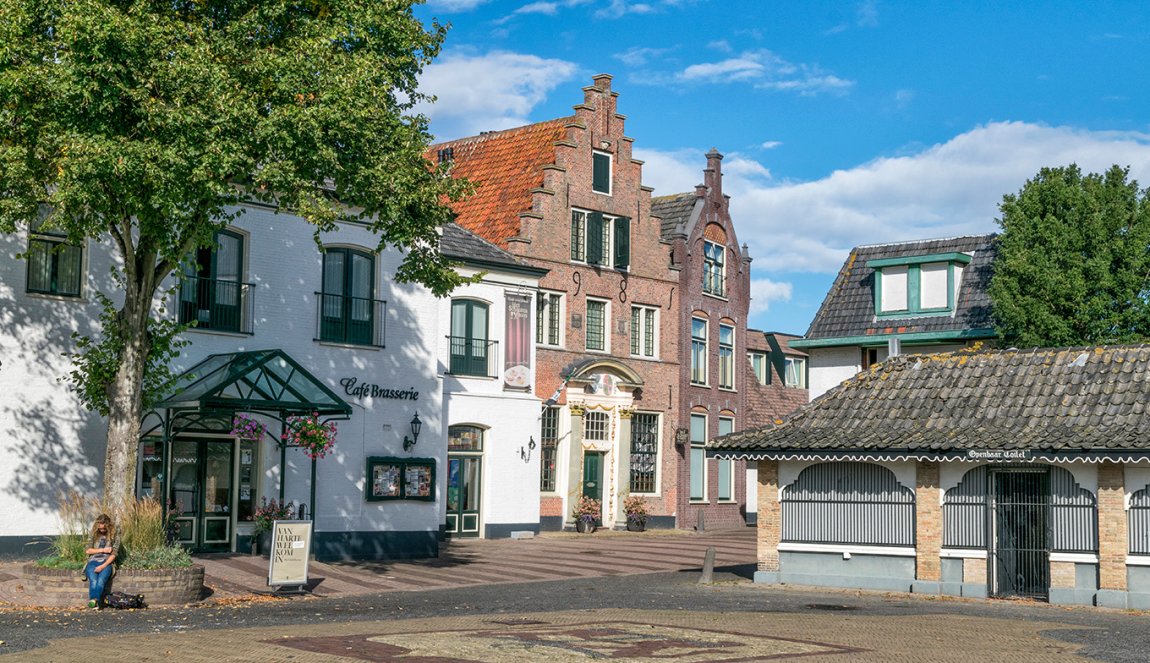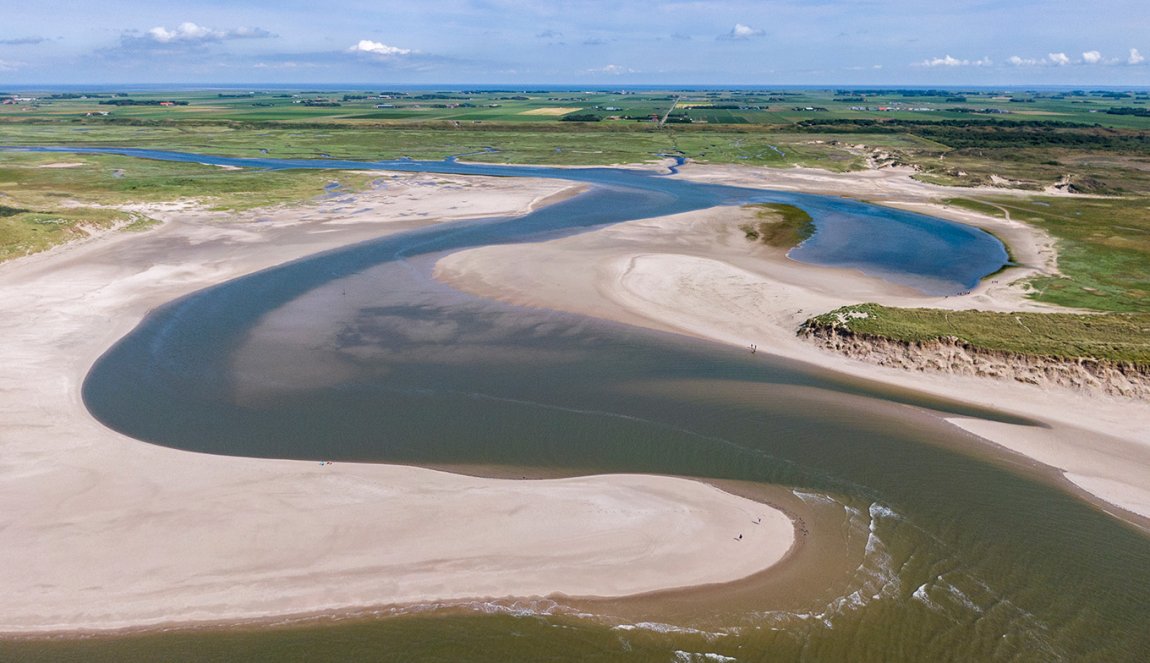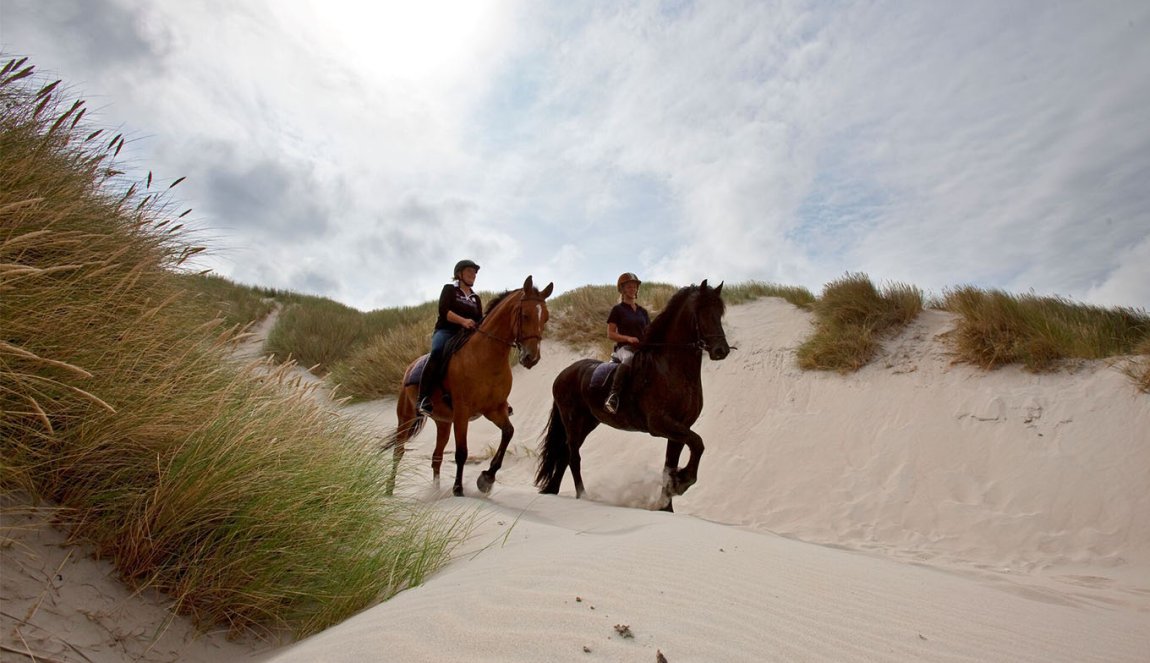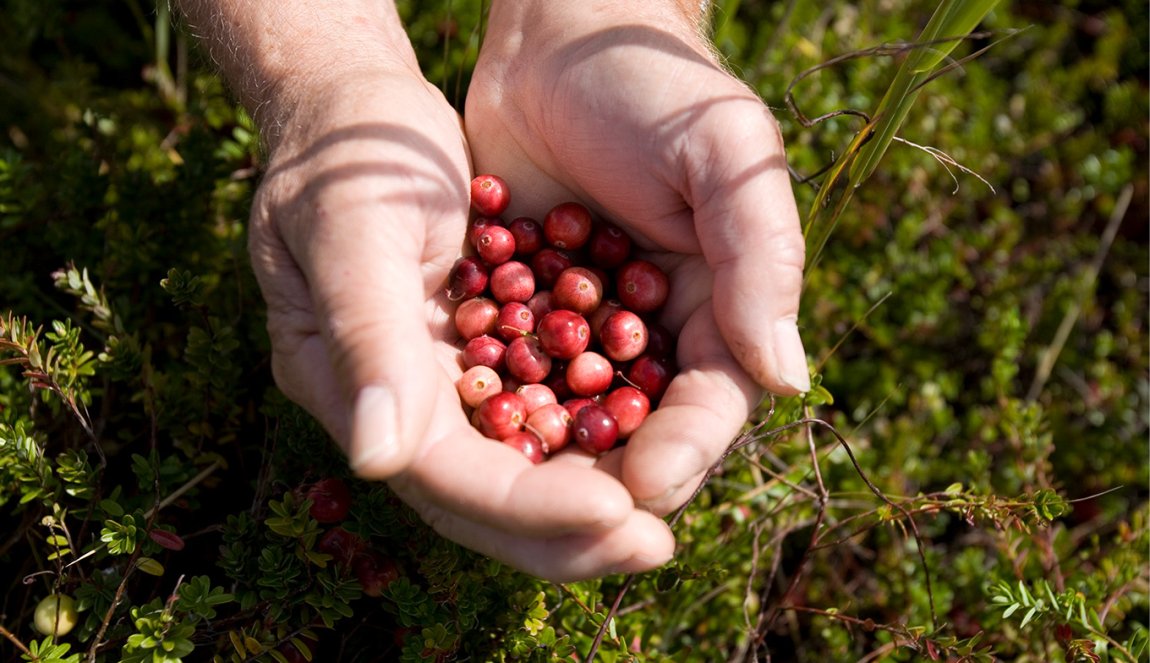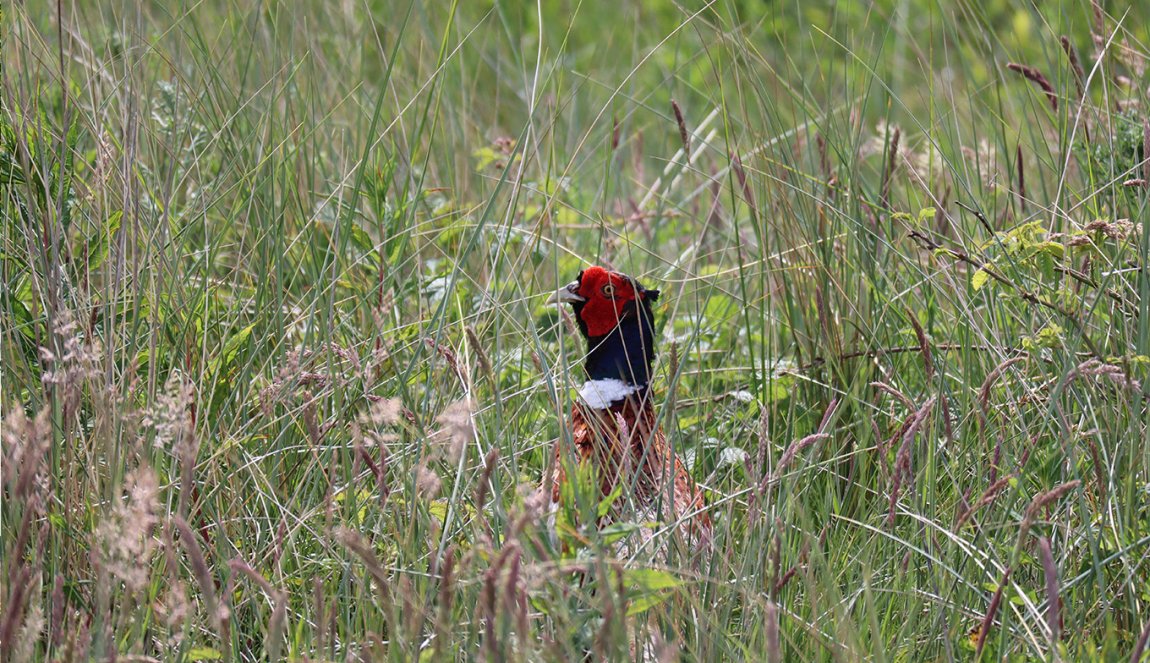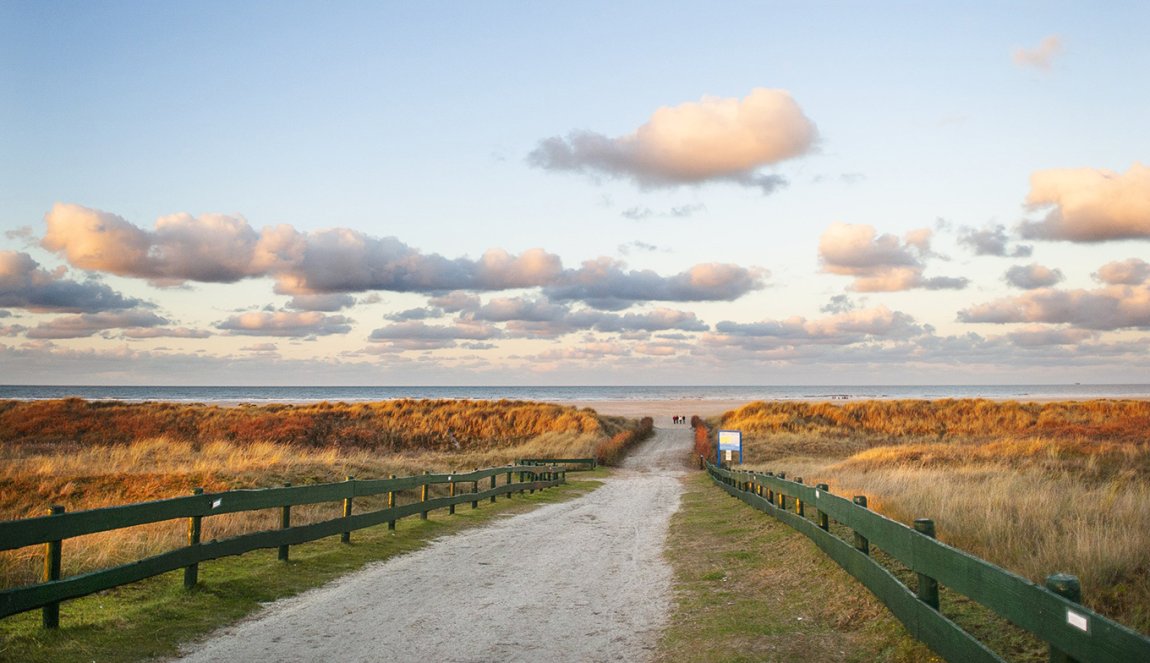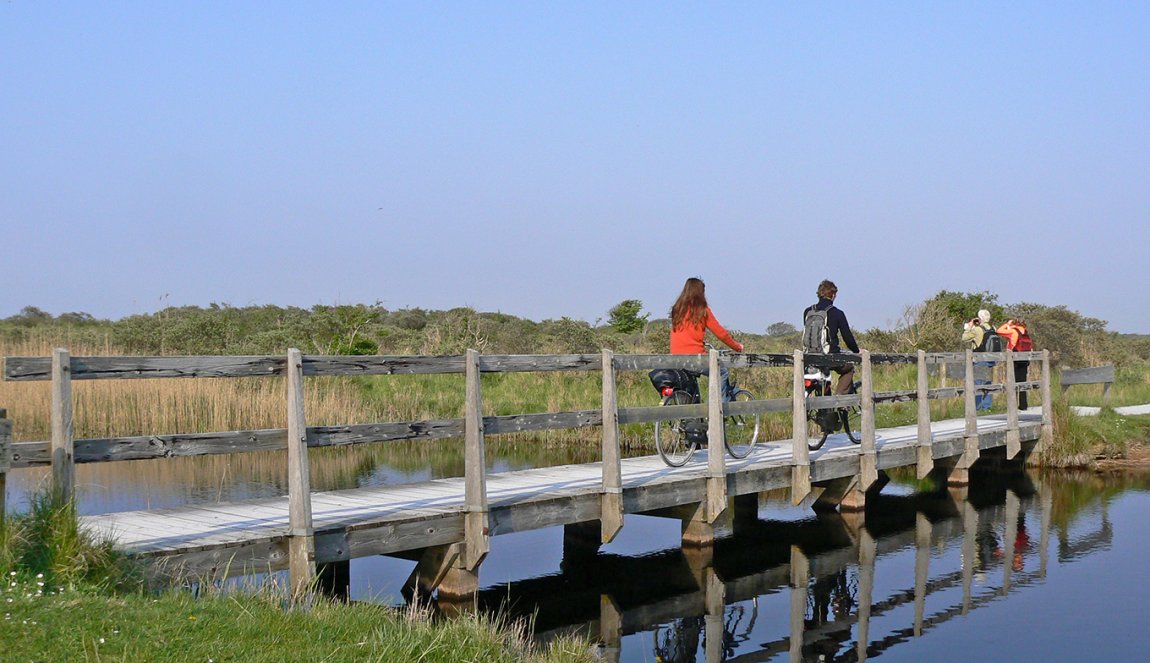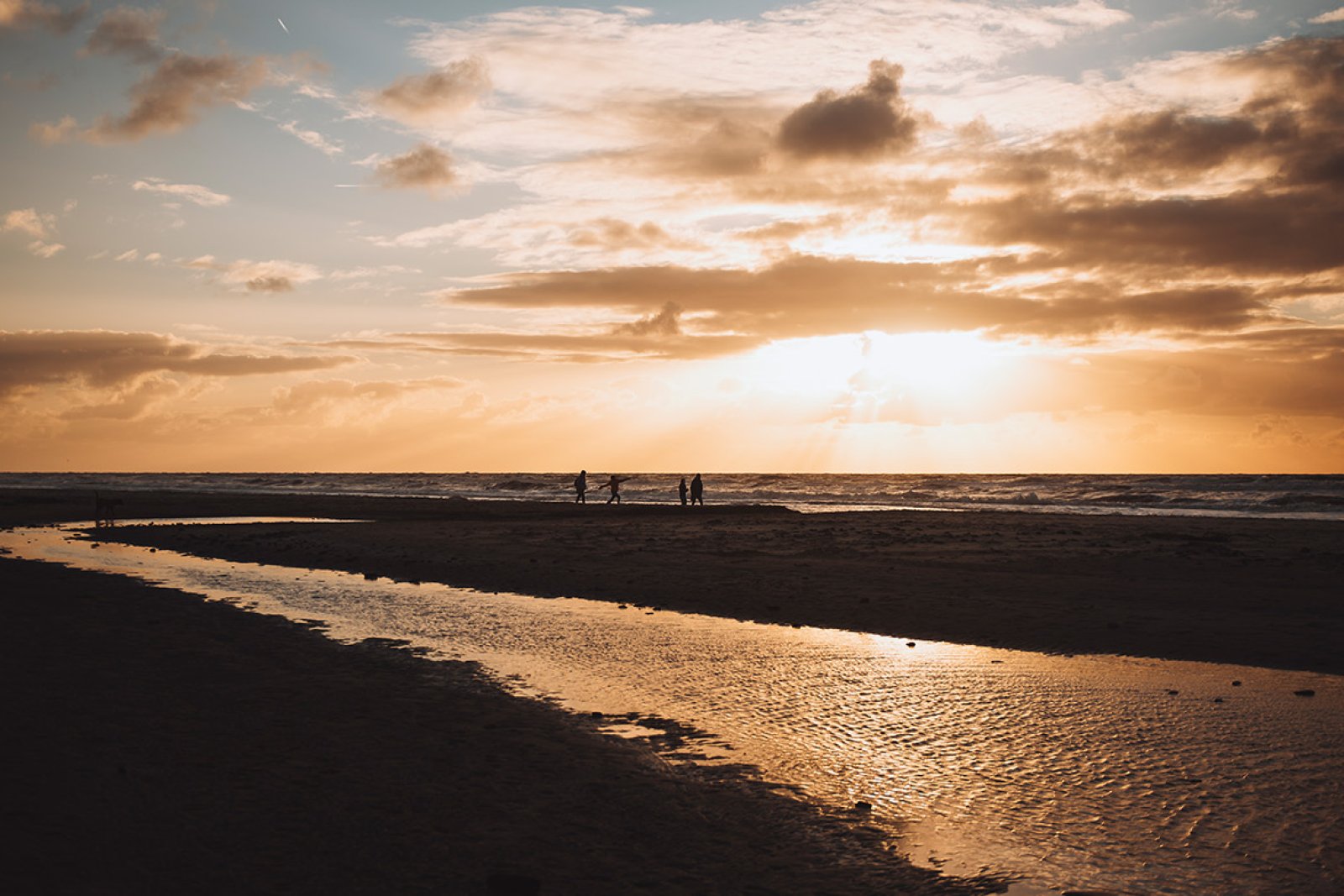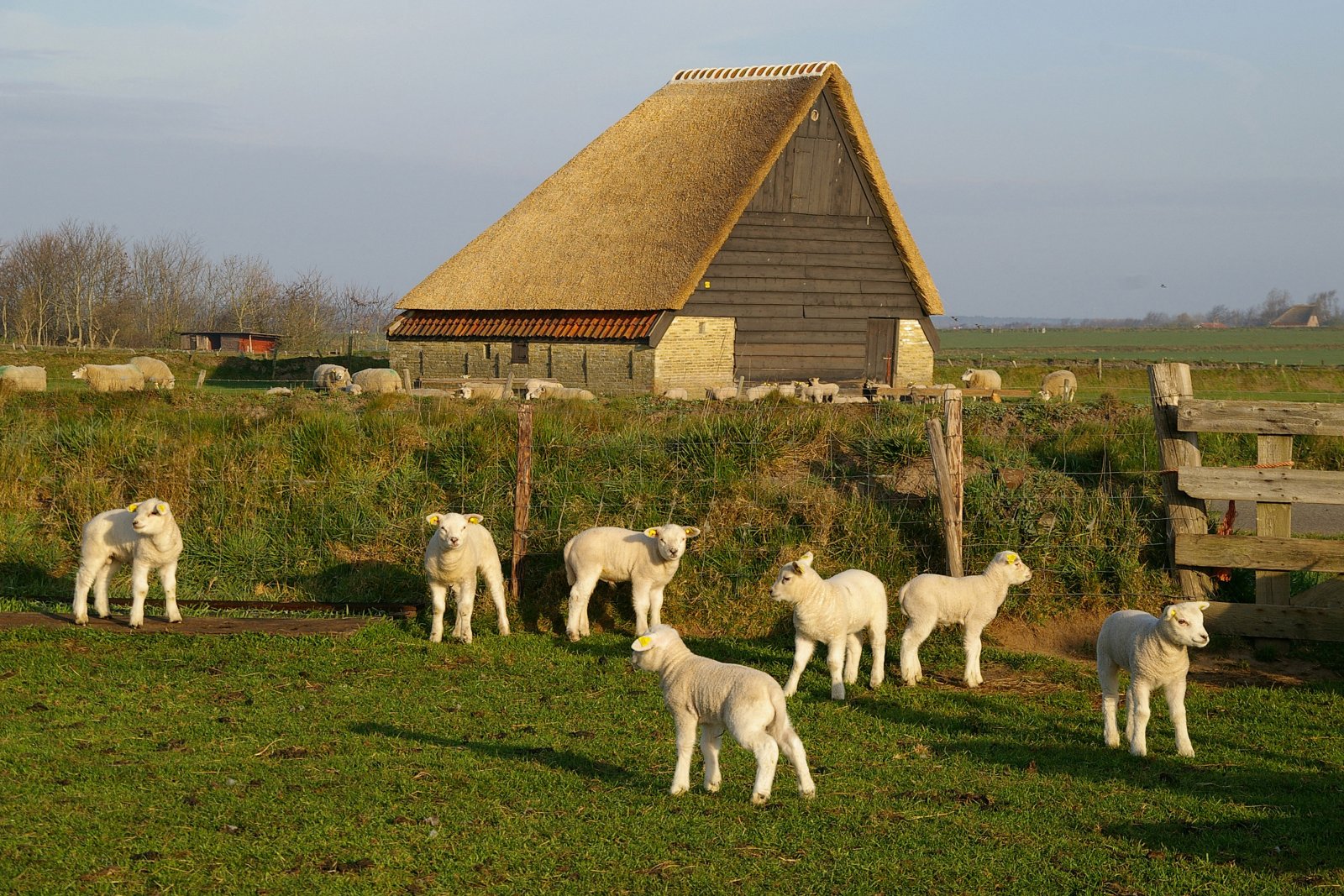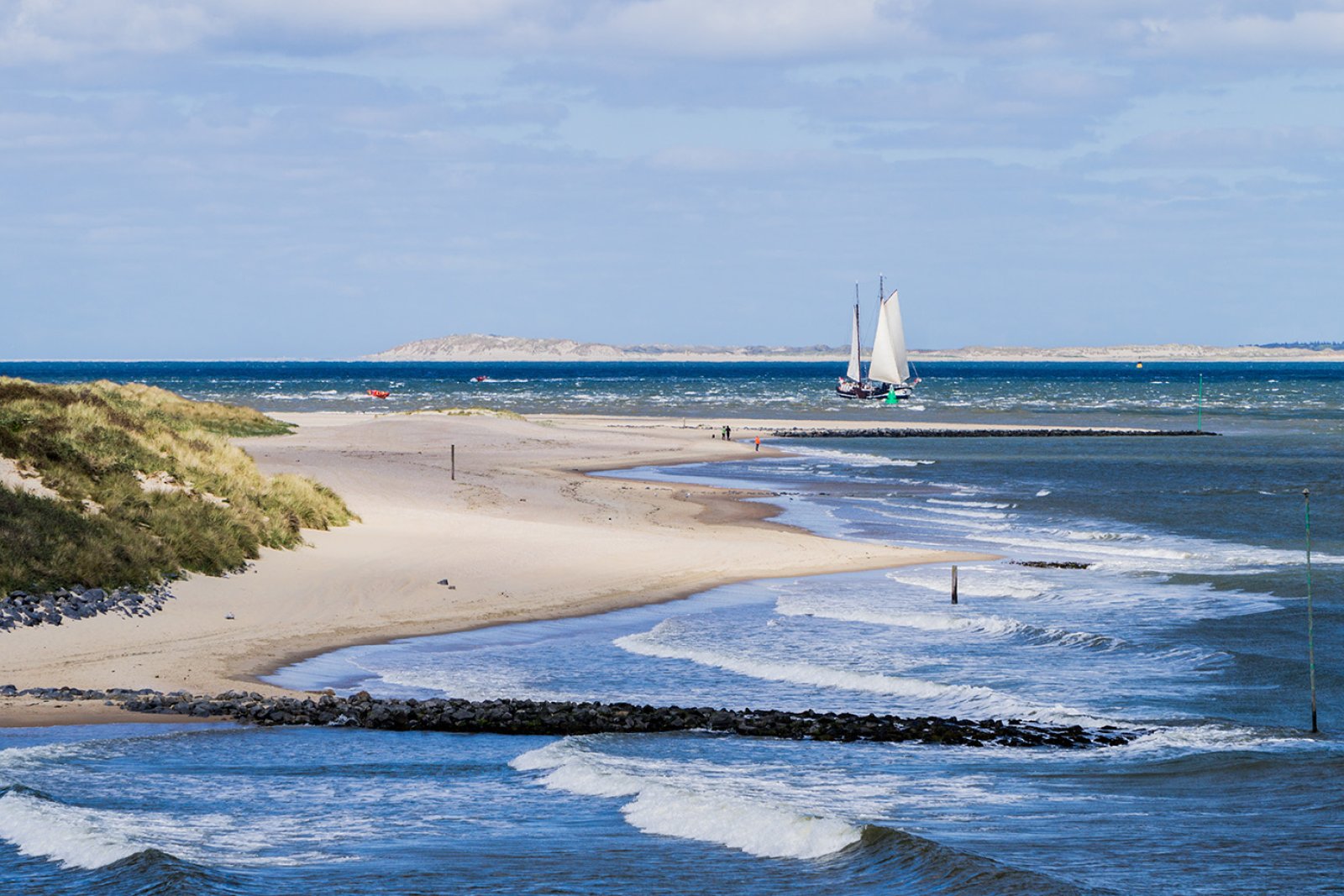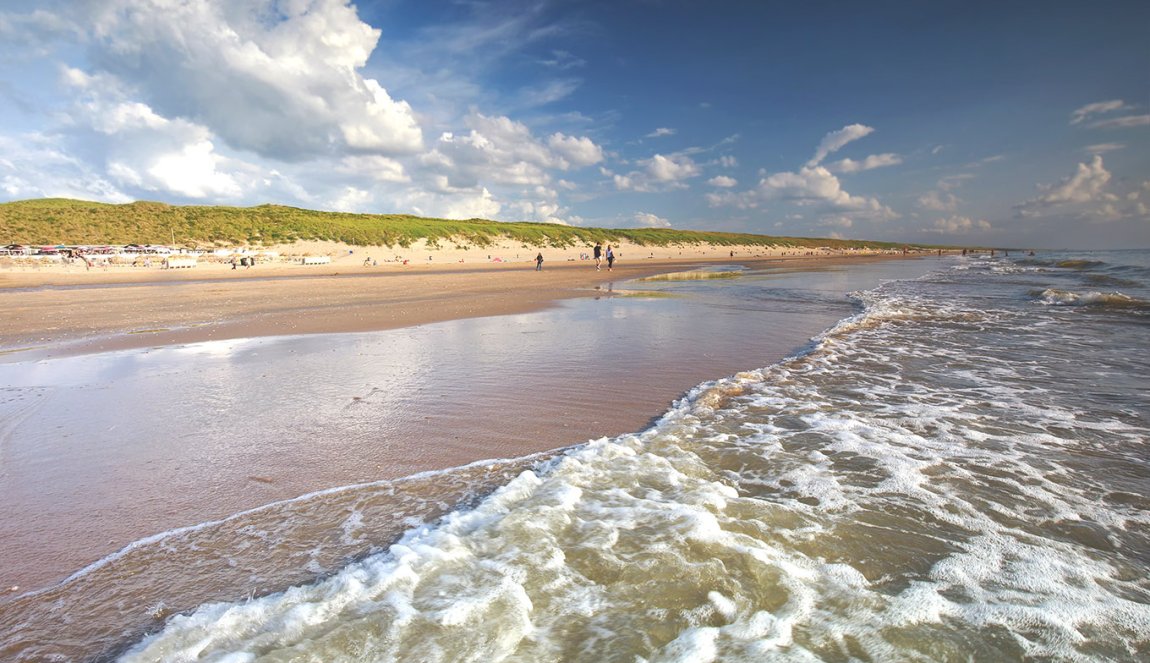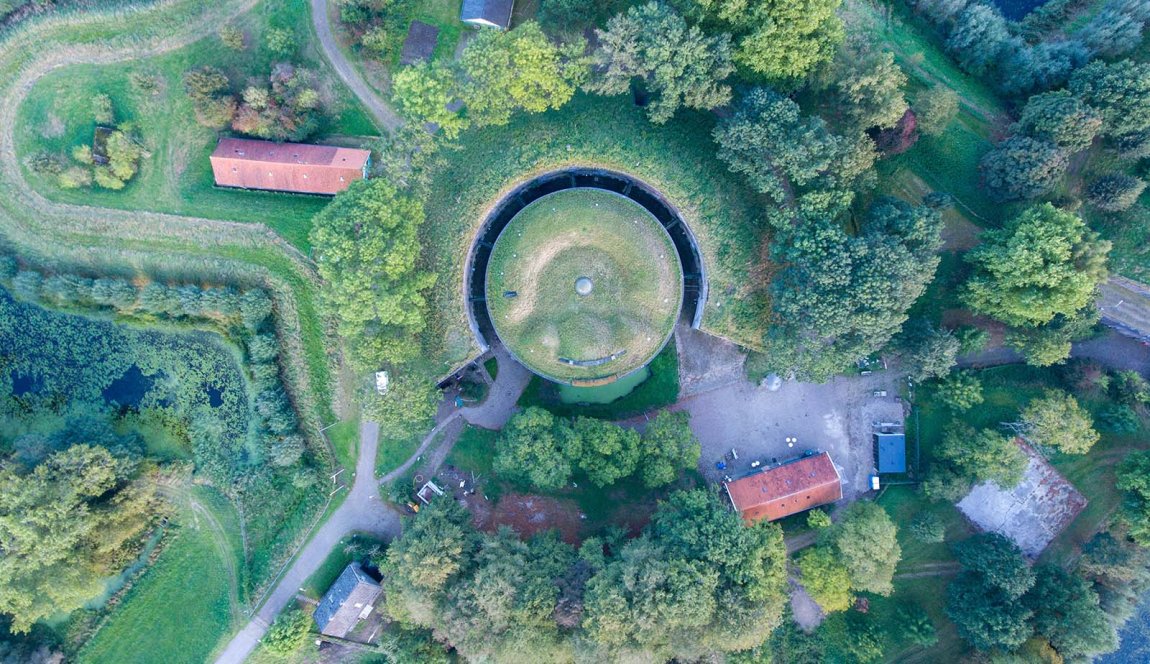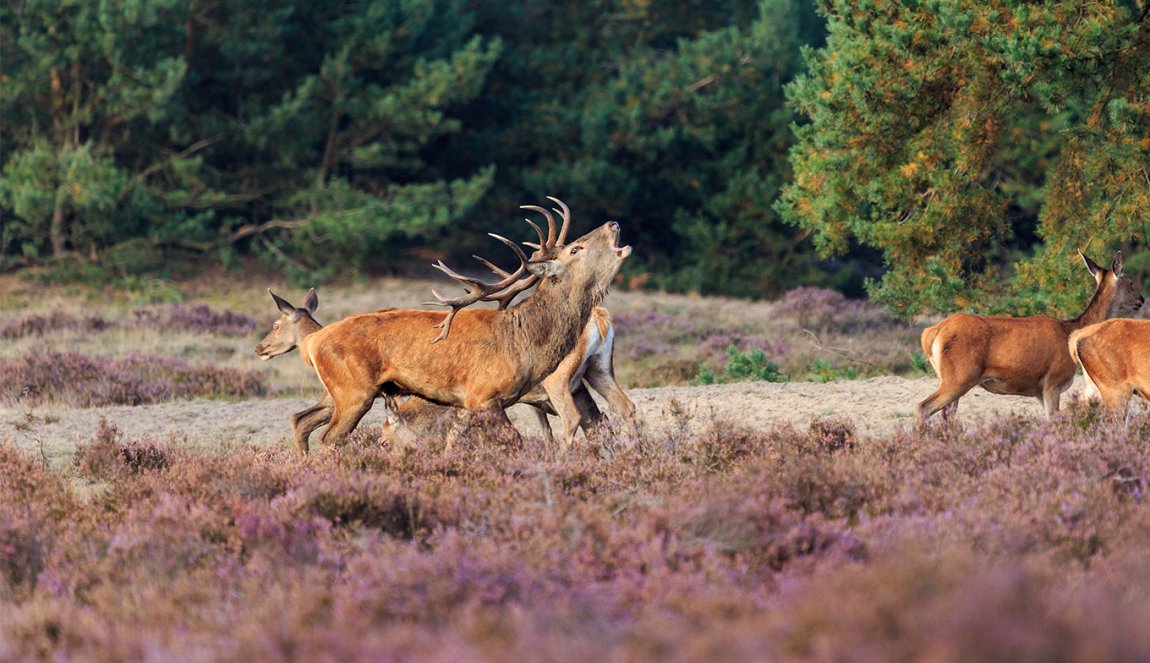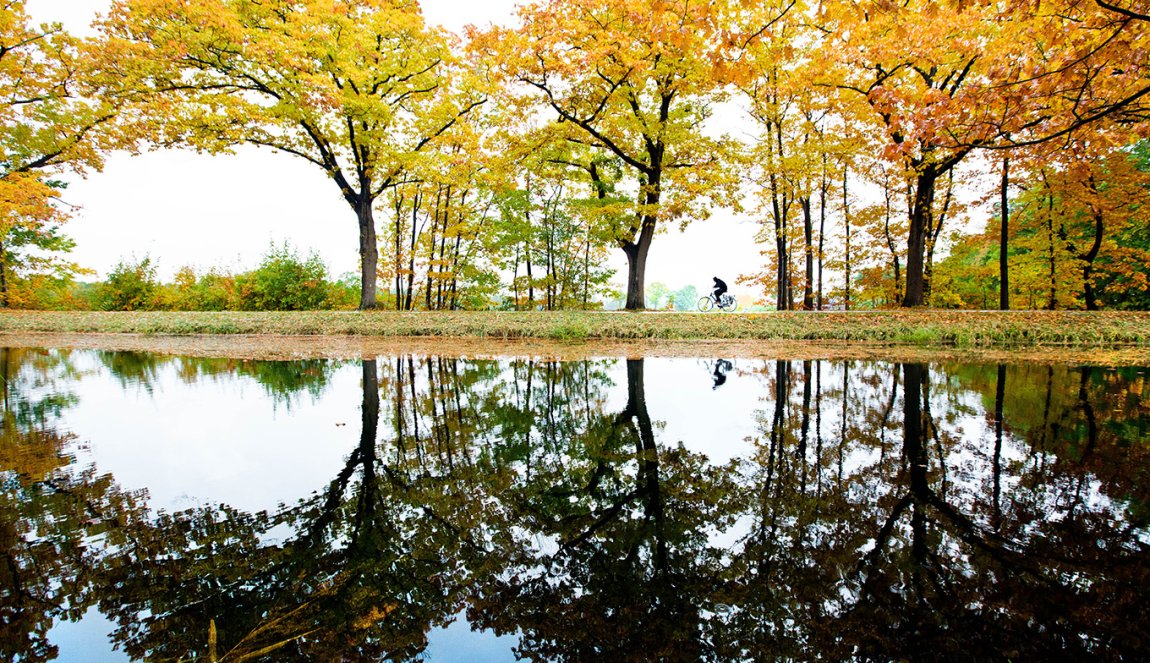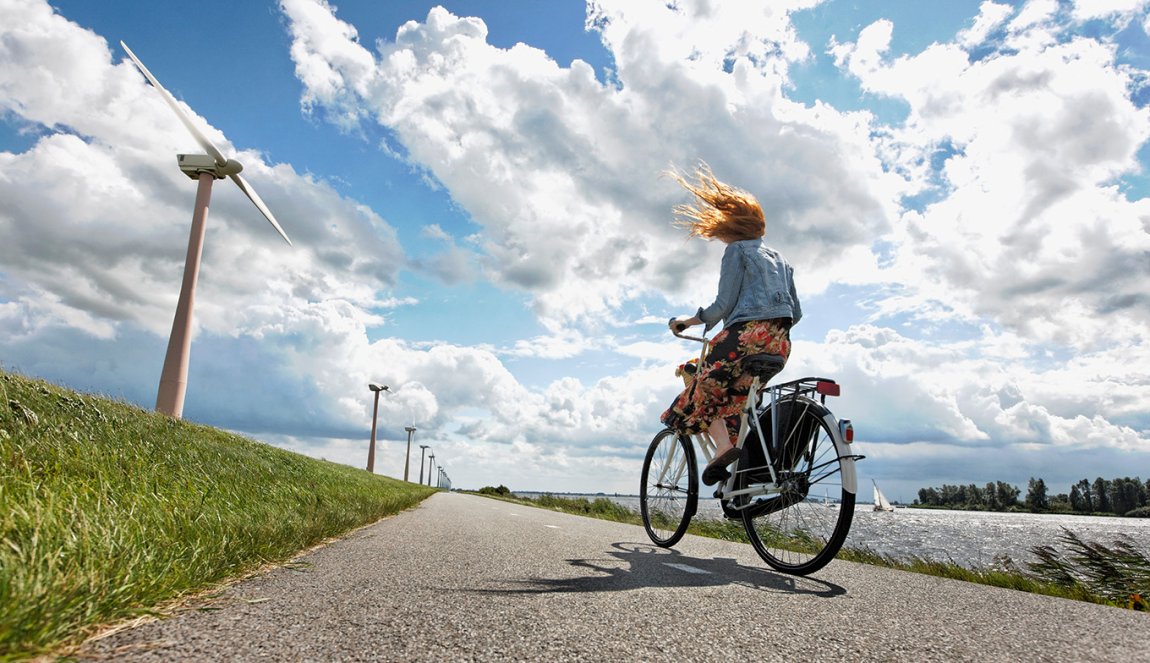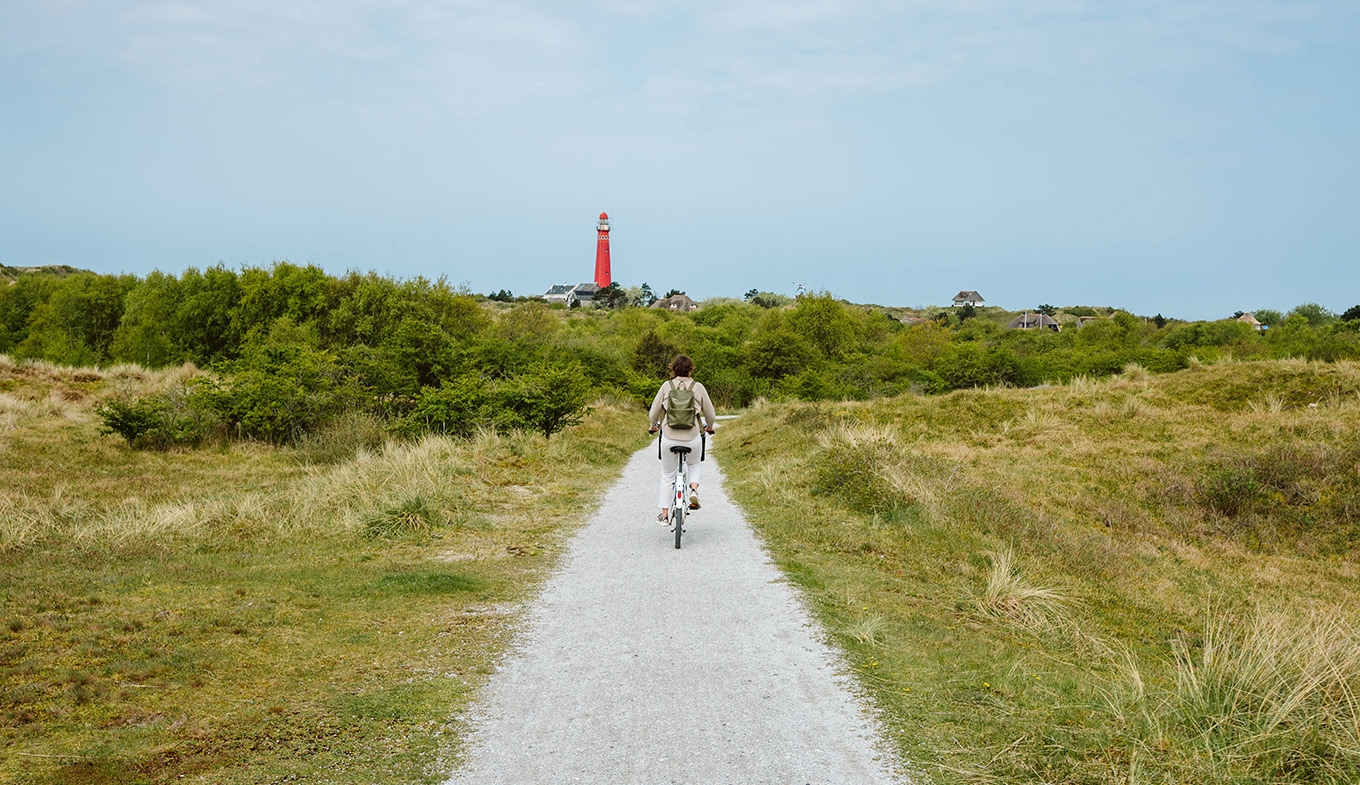
Wadden Islands
Between Den Helder in the Netherlands and Esbjerg in Denmark lies an ecosystem unlike any other in the world. The Wadden Sea is a UNESCO World Heritage Site comprising the largest system of intertidal mud flats in the world. It’s an incredibly diverse region that is ruled by the tides. Roughly 50 islands are dotted throughout the shallow Wadden Sea like a strand of precious pearls. The first of these pearls are the five Dutch Wadden Islands, each with its own charming ambience and character. They have something to offer for everyone, whether it’s a beach trip with the family, an active holiday or to enjoy the unique nature. Five islands, five unforgettable experiences!
Pure enjoyment
With their wide open spaces and relaxing atmosphere, the Wadden Islands are the perfect place to get away from it all. They offer expansive beaches and inviting beach pavilions for a wonderful family holiday. Those looking for something a bit more active will enjoy cycling and walking in the many nature reserves with their remarkable flora and fauna. The five Wadden Islands all have their own personality and charm. Why not visit more than one? Because they are so close to each other, island hopping is also a great option!
The combination of shallow water, which warms up relatively quickly, and the tides ensures that the Wadden Sea is rich in plankton and seaweed. This means that it is teeming with countless fish and bird species and even seals. The Wadden Sea is one of the most important areas for migratory birds in the world and is therefore the perfect environment for a bit of bird watching. Nature lovers will also enjoy the many unique animals and plants. Want to know more about these Wadden Islands? Join us on an island-hopping journey from left to right and we’ll tell you all about them.
Texel: a sandy beach paradise
Vlieland: no cars allowed
Terschelling: cranberry island
Walk along
Mud walking is the most exciting way to explore the unique nature reserve, the Wadden Sea. Read more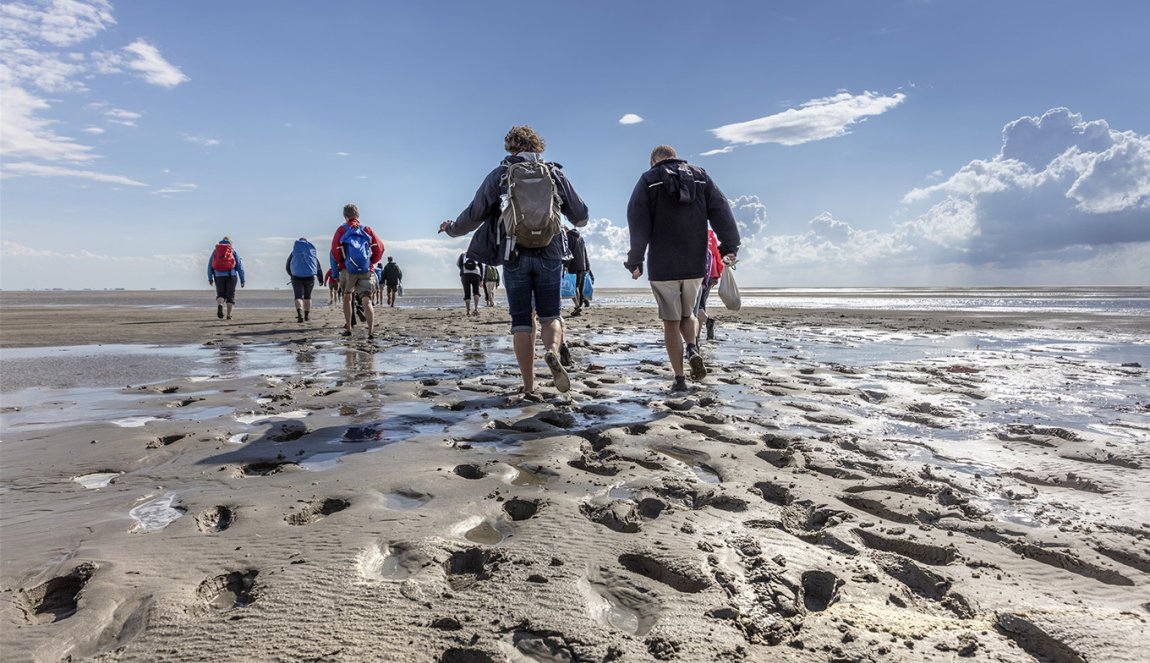
Mud flat walking
Ameland: the diamond of the Wadden
Schiermonnikoog: the ultimate island feeling
How to get to the Wadden Islands
The Wadden Islands are easily accessible by public transport and the well-organised ferry services. Texel, the largest island, can be reached directly by ferry from Den Helder.
Whichever islands you visit, the best way to explore these gems of the Wadden Sea is on foot or by bike. You can bring your own bike with you on the ferry or rent one once you reach your destination.
